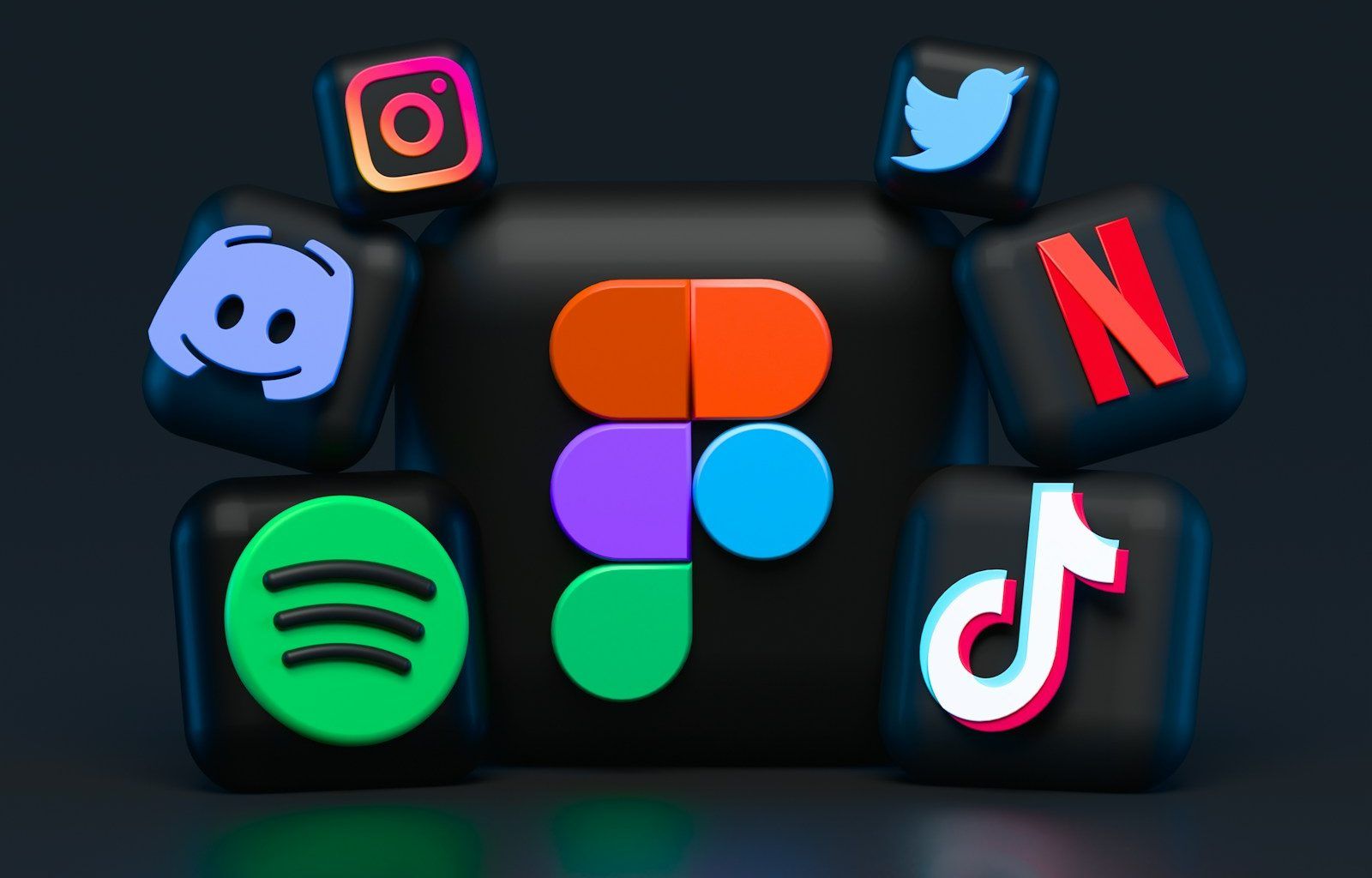If you’re an artist or part of a music label, you’ve probably heard about Spotify’s Discovery Mode. This tool is designed to give musicians more visibility and help their tracks reach new listeners. But how do you access it? What are the requirements? Don’t worry—this blog will break it down in the simplest way possible.
Whether you’re a new artist or an experienced one, understanding how Discovery Mode works and what you need to do to use it can change the game for your music career. Let’s dive right in!
What is Spotify Discovery Mode?
Before jumping into the requirements, let’s get clear on what Spotify Discovery Mode actually is.
Spotify Discovery Mode is a promotional tool that allows artists and record labels to prioritize specific songs within Spotify’s recommendation algorithms. In simpler terms, it’s like telling Spotify: “Hey, push this song more!”
The tool places your chosen tracks in playlists like Radio and Autoplay, where users are already listening to similar music. This increases the chance of reaching new listeners who might love your sound.
The best part? It doesn’t cost upfront money like traditional ads. Instead, artists agree to a lower royalty rate for streams that happen in Discovery Mode.
Why is Spotify Discovery Mode Important?
For independent artists and small labels, Spotify Discovery Mode can be a game-changer. Here’s why:
- Reach New Audiences: Your music gets recommended to people who like similar genres or artists.
- Increase Streams: More visibility can mean more streams.
- Discoverability Without High Costs: Unlike paid ads, Discovery Mode only reduces royalty rates, so there’s no upfront fee.
In short, it’s a smart way to promote your music and grow your fanbase—even if you don’t have a big marketing budget.
Spotify Discovery Mode Requirements: Are You Eligible?
Now, let’s answer the big question: What do you need to access Spotify Discovery Mode? Here are the eligibility requirements:
1. You Must Be a Spotify for Artists User
To use Discovery Mode, you need access to Spotify for Artists, the platform that lets artists and labels manage their music, monitor stats, and promote tracks. If you’re not signed up yet, go to the Spotify for Artists website and create an account.
2. Your Tracks Must Be Distributed via Spotify Direct or Partner Distributors
Spotify works with certain music distributors (like CD Baby, TuneCore, or DistroKid) to manage artist content. Your track needs to be released via an eligible distributor to qualify for Discovery Mode.
3. Your Song Must Have Been Released Before
Only previously released tracks are eligible for Spotify Discovery Mode. This means you can’t use it for brand-new songs on the release day—it’s more for songs already out there that you want to push further.
4. Your Song Needs to Meet Spotify’s Quality Standards
Spotify has guidelines for music quality and authenticity. To qualify for Discovery Mode, your track should:
- Be free of copyright issues.
- Have proper metadata (song titles, artist names, etc.).
- Follow Spotify’s community standards.
How to Access Spotify Discovery Mode
Once you meet the requirements, you can start using Discovery Mode. Here’s how:
- Log in to Spotify for Artists: Open the Spotify for Artists dashboard on your computer or mobile device.
- Go to the Campaigns Tab: This is where Spotify features tools like Discovery Mode.
- Select Eligible Tracks: Spotify will show you which of your songs are eligible for Discovery Mode.
- Activate Discovery Mode: Choose the tracks you want to promote and activate Discovery Mode.
- Review Performance Metrics: Spotify for Artists will show you how your songs are performing over time.
It’s that simple! Once Discovery Mode is turned on, Spotify takes care of the rest by pushing your music into listener recommendations.
How Does Spotify Discovery Mode Work?
Spotify uses its advanced algorithms to recommend music to users based on their listening habits. Here’s how Discovery Mode plays a role:
- Radio Recommendations: Your tracks will appear in Spotify Radio for users listening to similar artists or genres.
- Autoplay Feature: After a playlist or song ends, Spotify automatically plays similar music. Discovery Mode helps your track get included here.
For example, if someone loves indie pop, Spotify might recommend your song if it fits the same vibe—thanks to Discovery Mode.
Pros and Cons of Spotify Discovery Mode
Like any tool, Spotify Discovery Mode has its advantages and limitations. Here’s an honest look:
Pros:
- Reach New Fans: It helps your music reach listeners who wouldn’t have found it otherwise.
- No Upfront Costs: There’s no advertising fee.
- Real-Time Data: You can track your song’s performance.
Cons:
- Lower Royalty Rate: You earn less per stream in Discovery Mode.
- Not Guaranteed Success: While it increases visibility, it doesn’t promise viral hits.
Tips to Make the Most Out of Discovery Mode
If you’re planning to use Spotify Discovery Mode, here are some tips to ensure you get the best results:
- Choose the Right Tracks: Focus on songs that are already performing well or have great potential.
- Promote Your Music Simultaneously: Don’t rely only on Discovery Mode. Share your tracks on social media, playlists, and other platforms.
- Track Your Results: Use Spotify for Artists to analyze how Discovery Mode is impacting your streams.
- Optimize Your Artist Profile: Make sure your Spotify profile is professional and engaging. Add photos, bios, and playlists.
Conclusion
Spotify Discovery Mode is a powerful tool that can help artists and labels promote their music without spending huge amounts of money. While it has some limitations, its ability to increase discoverability makes it an exciting option for musicians looking to grow their audience.
By understanding the Spotify Discovery Mode requirements and following best practices, you can unlock new opportunities for your music career. If you meet the eligibility criteria, don’t hesitate to give it a try—you might just discover your next biggest fan.
For further reading, explore these related articles:
For additional resources on music marketing and distribution, visit DMT Records Private Limited.






